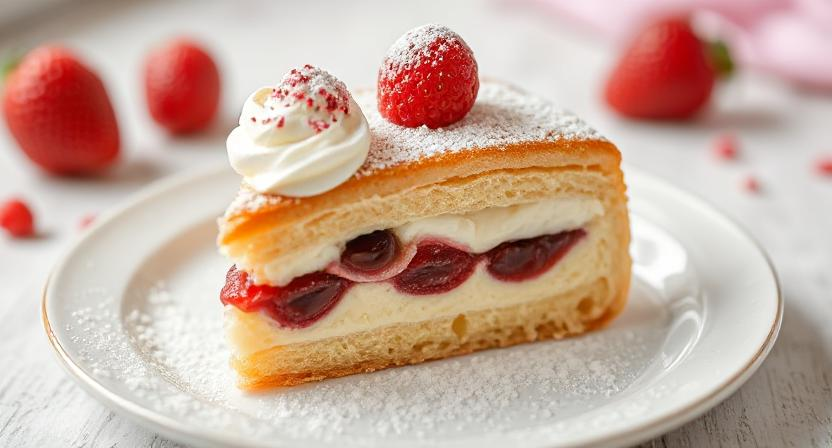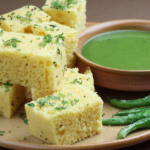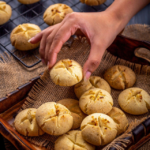
Pastry is one of the most beloved components of culinary arts across the world, known for its delicate texture, buttery richness, and the endless array of sweet and savory applications. Whether it’s a flaky croissant, a perfectly puffed pie crust, or a crisp filo pastry, the versatility and sophistication of pastry have made it a staple in kitchens around the globe. But how did this art form come to be, and what are the different types of pastries that have evolved over time?
What Is Pastry?
At its core, pastry refers to a dough made primarily from flour, water, and fat, which is often combined with ingredients like sugar, salt, and eggs to achieve various textures and flavors. The dough is then shaped and baked to create a variety of delicious treats ranging from simple biscuits to intricate layered masterpieces.
The defining characteristic of pastry is its texture, which can be light and crisp, rich and tender, or flaky and layered, depending on the method of preparation and the ingredients used.
The Origins of Pastry
The art of making pastry dates back thousands of years, with its roots in ancient civilizations. The earliest forms of pastry can be traced to the Egyptians, who used a basic form of pastry dough to encase meats and other fillings. These were primitive forms of pastry, but they set the foundation for more sophisticated techniques.
However, it wasn’t until the Middle Ages that pastry-making as we know it began to emerge in Europe. By the 12th century, pastry chefs in France, Italy, and Spain were refining the techniques, adding butter, eggs, and sugar to their dough, which made it more flavorful and light. The use of butter in pastry dough became a hallmark of French patisserie, and the importance of mastering pastry techniques grew exponentially.
During the Renaissance, pastry became a key part of European court cuisine, where intricate, multi-layered desserts and savory pies were designed to show off both culinary skill and the wealth of the noble courts. The innovation and refinement of pastry recipes were seen as a status symbol, and pastry chefs were highly respected.
How Pastry Was Invented and Evolved
The invention of pastry can largely be credited to trial and error over centuries, with pastry chefs experimenting with ingredients and techniques to create new textures and tastes. The use of fat in dough—whether butter, lard, or oil—was key to creating a light, flaky texture, which became the hallmark of pastries.
The French contributed immensely to the evolution of pastry, particularly with the creation of puff pastry in the 17th century. Puff pastry, or pâte feuilletée, is made by folding dough and butter together repeatedly, resulting in hundreds of thin layers that puff up when baked. This technique is still the cornerstone of many popular pastries today.
As pastries spread throughout Europe and beyond, various cultures added their own twists, leading to the creation of regional varieties. For instance, in England, pastry evolved into savory pies filled with meats, vegetables, and gravy, while in Italy, the tradition of using pastry for desserts like cannoli and tarts flourished.
Types of Pastries
The world of pastries is vast and diverse, with many different types tailored to different culinary needs. Some of the most well-known include:
- Puff Pastry (Pâte Feuilletée): This is a light, flaky pastry made by layering dough and butter, followed by multiple rounds of folding and rolling. Puff pastry is used to make a wide variety of pastries, such as croissants, Danish pastries, and savory appetizers like vol-au-vents.
- Shortcrust Pastry: Known for its crumbly texture, shortcrust pastry is made by rubbing fat into flour, which creates a dense, rich dough. This pastry is commonly used for tarts, pies, and quiches.
- Choux Pastry: Choux pastry is a unique dough that puffs up when baked, creating hollow centers. It’s the base for treats like éclairs, cream puffs, and profiteroles. The dough is made by boiling butter, water, flour, and eggs together before baking.
- Filo Pastry: Filo pastry is a very thin, delicate dough, often used in Mediterranean and Middle Eastern cuisines. Layers of filo dough are brushed with butter and stacked to create crispy, flaky pastries. Classic examples include baklava and spanakopita.
- Danish Pastry: Danish pastry is a sweet, yeast-leavened dough that is often filled with fruit, cream cheese, or almond paste. It originated in Denmark in the 19th century and became popular across Europe and the United States.
- Croissant Dough (Pâte à Croissant): Croissants are perhaps the most iconic type of pastry, with their buttery, flaky layers and crescent shape. Croissant dough is similar to puff pastry but uses yeast to make it rise, adding a lightness to the texture.
- Suet Pastry: Typically used in British cooking, suet pastry is made with suet (a type of hard fat) instead of butter. It is dense and hearty and often used for savory pies, puddings, and steamed desserts.
- Batters: Some pastries are made from a batter rather than a dough, such as the batter for pancakes, waffles, or fritters. These are typically lighter and fluffier than other types of pastry.
Pastry in Modern Cuisine
In modern kitchens, the art of pastry-making has evolved with new tools, techniques, and influences from around the world. Pastry chefs continue to push boundaries, creating intricate confections that blend science and art. While traditional pastries remain beloved, contemporary patisseries are experimenting with unusual flavors, textures, and presentations.
Pastry is not just limited to desserts. Many savory pastries, such as quiches, savory pies, and empanadas, have become staples in the culinary world. Pastry chefs today also experiment with gluten-free, vegan, and other dietary variations, ensuring that the world of pastry remains accessible to all.
Conclusion: The Enduring Appeal of Pastry
The allure of pastry lies in its balance of simplicity and sophistication. From humble beginnings as a means of encasing meats to the refined masterpieces that are seen in high-end bakeries today, pastry has evolved into an art form cherished by food lovers everywhere.
Whether enjoyed as part of a luxurious afternoon tea, a comforting home-baked pie, or a light morning pastry with coffee, the history and artistry of pastry continue to inspire chefs and home bakers alike. Its timeless appeal shows no signs of fading, ensuring that pastry will remain a beloved part of the culinary world for generations to come.
Pastry Master Class : Enroll Now
More About us




